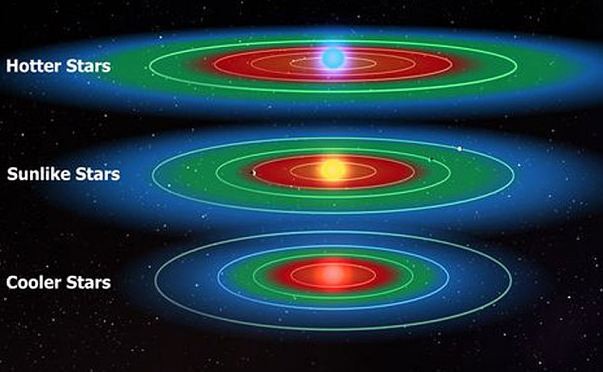In an astonishing declaration, scientists have announced life and liquid water might be present in billions of planets in the Milky Way alone. More specifically, their calculations show that billions of the stars in the Milky Way will have one to three exoplanets in the habitable zone, sometimes called the Goldilocks Zone.
This announcement also raises the possibility some form of intelligent life might exist somewhere in this Universe.
Researchers from the Australian National University and the Niels Bohr Institute in Copenhagen used data on exoplanets from NASA's Kepler telescope to calculate how many stars in the Milky Way could have planets in the habitable zone where liquid water might exist. Water is the necessary prerequisite for the existence of primitive or complex life forms.
Launched on March 7, 2009, NASA's Kepler space telescope is designed to survey a portion of our region of the Milky Way to discover Earth-size extrasolar planets or exoplanets in or near the habitable zone and estimate how many of the billions of stars in our galaxy have such planets.
Kepler 's sole instrument is a photometer that continually monitors the brightness of over 145,000 main sequence stars in a fixed field of view.
Exoplanets are observed from Earth through changes in the brightness of their stars since the light from a star is partly blocked when a planet passes between Earth and its star.
Astronomers have verified the existence of some 1,000 exoplanets and about 3,000 potential planets await scientific confirmation. Most exoplanets found within their stars' habitable zones have been gas giants, however.
"The calculations show that billions of the stars in the Milky Way will have one to three planets in the habitable zone, where there is the potential for liquid water and where life could exist," said researchers from the Niels Bohr Institute, as quoted by The Telegraph.
Researchers predicted a total of 228 planets in 151 solar systems, and one to three planets in the habitable zone of each system.
"According to the statistics and the indications we have, a good share of the planets in the habitable zone will be solid planets where there might be liquid water and where life could exist," said researcher Steffen Jacobsen of Niels Bohr.
Extrapolating this calculation to broader scale means that in the Milky Way alone, there could be billions of stars with planets in the habitable zone.
The team used a new version of a 250 year-old method called the Titius-Bode law that correctly predicted the position of Uranus before it was discovered. This law says there is a ratio between the orbital periods of planets in a solar system.
This means that if one knows how long it takes some planets to circle the star, one can calculate the orbital period of the others planets, determine their position and find planets missing from the sequence.
"We decided to use this method to calculate the potential planetary positions in 151 planetary systems, where the Kepler satellite had found between three and six planets," said Jacobsen.




























